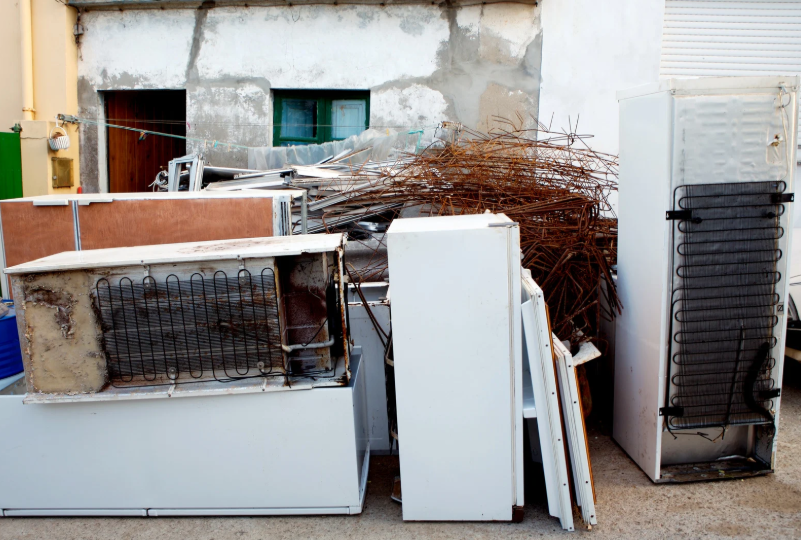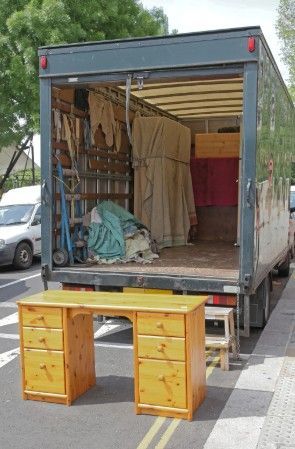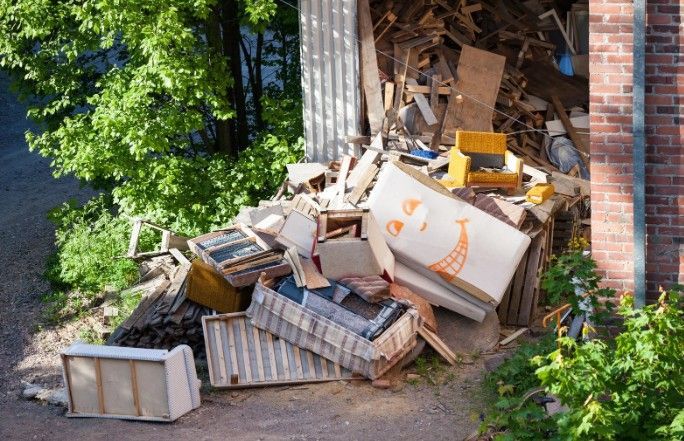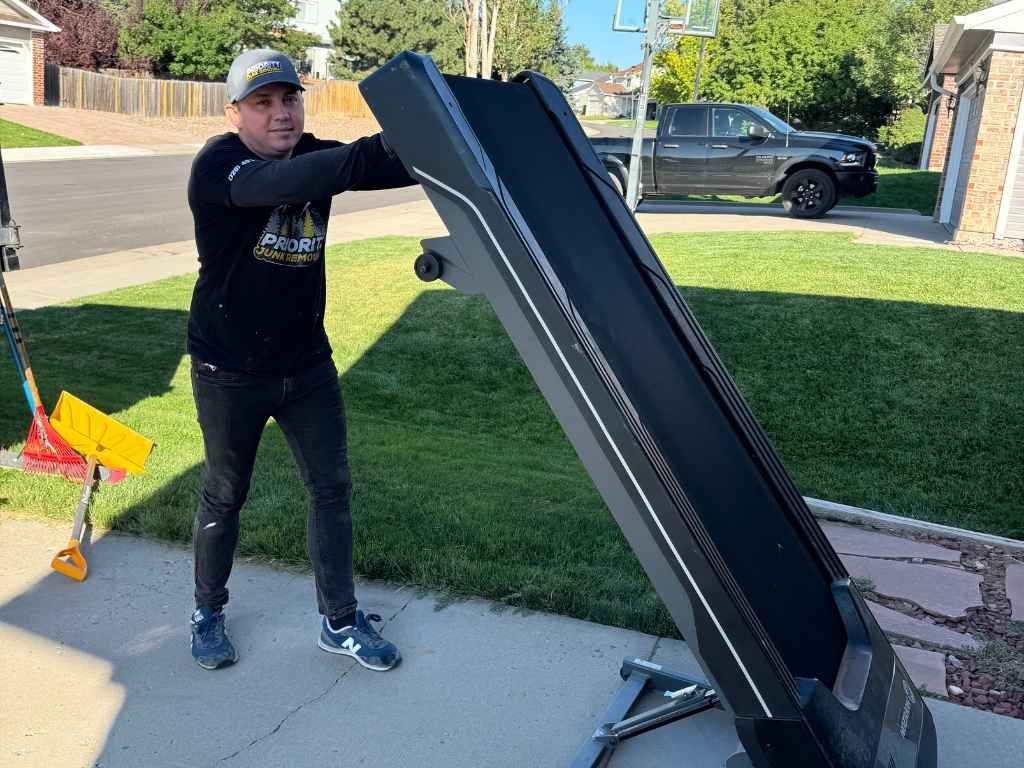How to Safely Remove Appliances from Your Home
Removing old appliances from your home may seem like a straightforward task, but without the right approach, it can quickly turn into a hazardous and time-consuming ordeal. Whether you’re replacing an outdated refrigerator, disposing of a broken washing machine, or clearing out an old stove, it’s essential to follow proper procedures to ensure safety and efficiency. This guide will walk you through the process of appliance removal, covering key steps, potential risks, and the most effective disposal methods.
Assess the Appliance and Plan Your Approach
Before you start unplugging cords and moving heavy machinery, take a moment to evaluate the appliance’s size, weight, and condition. Some appliances contain hazardous materials like refrigerants or electrical components that require special handling. Others may have sharp edges or be difficult to maneuver through tight spaces. Understanding these factors will help you plan the best removal strategy.
- Does the appliance contain hazardous materials such as coolant, oil, or batteries?
- Is it still functional and possibly suitable for donation or resale?
- Will it fit through doorways and hallways without damage?
- Do you need specialized tools or assistance to disassemble it?
Unplug, Disconnect, and Prepare the Appliance

Every appliance is different, and improper disconnection can lead to damage or injury. Follow these guidelines for safe detachment:
- Electrical Appliances: Always unplug the device first. If it’s hardwired, turn off the breaker before disconnecting any wiring.
- Gas-Powered Appliances: Shut off the gas valve before removing any gas lines. If you smell gas at any point, stop immediately and contact a professional.
- Water-Connected Appliances: Turn off the water supply and drain any remaining liquid before moving items like washing machines, dishwashers, or refrigerators.
- Secure Loose Parts: Remove or tape down doors, shelves, and other loose components to prevent unexpected movement during transport.
Lift and Transport Safely
Moving heavy appliances without proper technique can result in serious injuries or property damage. Consider the following safety measures:
- Use Proper Lifting Techniques: Bend at your knees, keep your back straight, and lift with your legs—not your back.
- Employ Moving Equipment: Dollies, straps, and sliders can make transportation much easier and safer.
- Get Assistance: Appliances are heavy and often awkwardly shaped; having an extra pair of hands can make all the difference.
- Protect Your Home: Use blankets or padding to prevent scratches and dents to floors, walls, and doorways.
Decide on the Best Disposal Method
Once your appliance is out of the house, you’ll need to determine the best way to dispose of it. Here are several options:
- Recycling: Many components in appliances, such as metal, glass, and certain plastics, can be recycled. Check with local recycling centers to see if they accept large appliances. Some municipalities even offer curbside pickup for bulky items.
- Donation: If your appliance is still functional, consider donating it to a charity, shelter, or nonprofit organization. Many groups will even pick up the item for free.
- Manufacturer Take-Back Programs: Some appliance manufacturers offer trade-in or recycling programs, allowing you to dispose of your old unit responsibly while possibly receiving a discount on a new purchase.
- Professional Junk Removal Services: For hassle-free disposal, a junk removal service can handle all aspects of appliance removal, from heavy lifting to eco-friendly disposal. This is an especially good option for large, outdated, or hazardous appliances.
Clean Up the Area
Once the appliance is out, take the opportunity to clean the space where it was sitting. Dust, debris, and even mold can accumulate behind large appliances. A thorough cleaning ensures that the area is ready for a replacement or a fresh new use.
- Beware of Sharp Edges: Many old appliances have rusted or jagged metal parts that can cause cuts.
- Check for Pests: Appliances that have been sitting for long periods may harbor rodents or insects.
- Properly Dispose of Refrigerants: Federal regulations require that refrigerants be removed by a certified professional before disposal.
- Avoid Straining Yourself: If an appliance is too heavy to move safely, call for professional assistance.
Mastering the Art of Appliance Removal Without the Stress
Removing large appliances may sound easy, but without proper planning, it can turn into an exhausting task riddled with risks. One wrong move can result in damaged floors, strained muscles, or even electrical hazards. The key to stress-free appliance removal lies in understanding the right techniques, securing the necessary tools, and taking preventive safety measures before attempting to lift or transport anything. Homeowners often underestimate how challenging this process can be, especially when dealing with tight doorways, awkward corners, or heavy units like refrigerators and ovens.
To ensure a smooth removal, it’s crucial to strategize the process from start to finish. Before touching the appliance, assess its weight, dimensions, and any special requirements for disconnection. Unplugging electrical units, shutting off water or gas lines, and securing loose components are just the beginning. Taking these precautions can make a world of difference in how effortless the removal process feels. With the right approach, what seems like a daunting task becomes a manageable project.
The Hidden Dangers of Improper Appliance Disposal
Getting rid of an old appliance isn’t just about hauling it to the curb and forgetting about it. Many household machines contain hazardous materials like refrigerants, oils, and electrical components that can harm the environment if not disposed of properly. Dumping a refrigerator without safely extracting the coolant can release toxic gases into the atmosphere, while old washing machines may contain metal parts that contribute to landfill waste. Without proper disposal, these appliances become environmental hazards rather than just household clutter.
Local regulations often mandate specific disposal methods for large appliances, and ignoring them could result in hefty fines. Many areas require professional removal services to handle items that contain hazardous substances. Instead of taking shortcuts, researching responsible disposal options such as recycling centers, manufacturer take-back programs, or professional junk removal services ensures that appliances are disposed of safely. Not only does this help the planet, but it also keeps homeowners compliant with local waste management laws.
The Smart Way to Move Heavy Appliances Without Injuries
Lifting a refrigerator or moving a dishwasher may seem straightforward until you find yourself struggling with its sheer weight and awkward shape. Without proper lifting techniques, even the strongest individuals risk back strain, muscle injuries, or even long-term spinal issues. Many accidents occur when people attempt to move heavy appliances on their own, misjudging their strength or failing to use proper support tools like moving straps or dollies. It’s not just about strength; it’s about strategy.
Professional movers follow tried-and-true techniques to prevent injury, and homeowners can do the same. Using sliding pads to reduce friction, lifting from the knees instead of the back, and ensuring a clear pathway before transport all make a significant difference. Working with a team instead of attempting solo removal also reduces the risk of sudden falls or unbalanced movements. With the right precautions in place, heavy appliance removal can be both safe and efficient.
How to Prevent Property Damage When Removing Appliances
Large appliances are not just heavy; they are also bulky and difficult to maneuver, making property damage a common concern during removal. A misstep can leave dents in walls, gouges in hardwood floors, or broken tiles in the kitchen. Even small scratches and scuff marks add up, diminishing the look of your home. Some of the most common mistakes homeowners make include dragging appliances across the floor, bumping into doorways, or failing to protect surrounding surfaces before removal.
The best way to safeguard your home is through preparation. Using furniture sliders under heavy units prevents floor damage, while protective blankets wrapped around appliances reduce the risk of wall dents. Taking the time to measure doorways and hallways before moving ensures that you won’t end up stuck midway. A controlled, well-planned removal process not only protects your appliances but also keeps your home in pristine condition.
The Role of Professional Junk Removal in Appliance Disposal
While some homeowners attempt DIY appliance removal, hiring professionals simplifies the process significantly. Trained removal specialists know how to handle bulky appliances safely, ensuring that neither the property nor the residents are at risk of injury. They come equipped with the right tools, techniques, and disposal solutions, making the entire process smooth and stress-free. Unlike amateur efforts, professional removal eliminates the guesswork and physical strain associated with heavy lifting.
Beyond the convenience factor, junk removal companies also ensure compliance with disposal regulations. They properly dismantle hazardous materials, transport appliances to the right facilities, and follow eco-friendly disposal practices. This guarantees that your old appliances won’t end up in an illegal dumping site or cause environmental harm. Investing in professional junk removal isn’t just about saving effort—it’s about ensuring responsible and ethical disposal while maintaining peace of mind.
Conclusion
Safely removing appliances from your home requires careful planning, proper handling, and responsible disposal. By following these steps, you can minimize risks and ensure that your old appliances are removed in the most efficient and eco-friendly manner. If you’re looking for a professional service to take care of the heavy lifting for you, Priority Junk Removal is here to help. Located at 6091 South Spotswood Street, Littleton, Colorado 80120, we offer reliable and environmentally responsible appliance removal. Call us at 720-451-1359 or email priorityjunkremoval@gmail.com to schedule a hassle-free pickup today!











